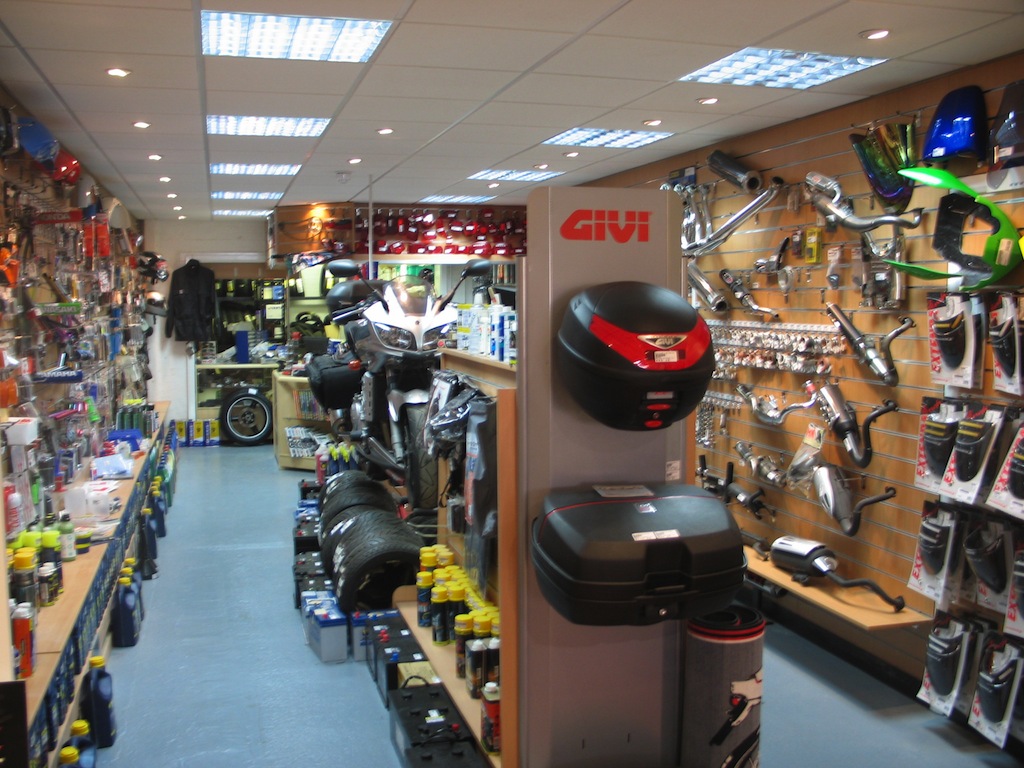Your Best Motorbike Shop for High Quality Parts and Accessories
Your Best Motorbike Shop for High Quality Parts and Accessories
Blog Article
Grasping Motorcycle Gears: Just How to Enhance Your Riding Experience
In the world of motorcycling, understanding the art of gear adjustment is crucial for enhancing your riding efficiency. Effectively recognizing and using motorbike equipments can dramatically influence velocity, fuel, and control effectiveness, transforming a typical ride right into a seamless, electrifying journey. By incorporating precise change timing and adapting gear choice to various road problems, cyclists can make certain ideal engine efficiency and safety. The nuances of clutch control, throttle sychronisation, and equipment auto mechanics beckon a much deeper expedition, promising to open the full capacity of your machine. Exactly how can these methods be harnessed to absolutely enhance your riding experience?
Comprehending Equipment Mechanics
At the core of bike dynamics, equipment technicians play a crucial role in transforming engine power right into activity, ultimately determining rate and control. The gear proportions, thoroughly designed, determine the partnership in between engine revolutions and wheel turns, impacting velocity and fuel effectiveness.
Understanding gear auto mechanics starts with acknowledging the significance of the transmission, which houses several equipments of varying dimensions. These equipments connect with a process recognized as meshing, where teeth of different gears involve to transmit power.
Additionally, the idea of equipment changing is essential to taking full advantage of efficiency. Smooth and timely changes guarantee that the engine runs within its optimal power band, preventing unnecessary strain and improving long life (motocross gear nz). By comprehending these mechanical complexities, bikers can accomplish an unified blend of efficiency, control, and power, elevating their riding experience
Timing Your Changes
Change timing proficiency is important for enhancing motorbike performance and boosting the riding experience. Properly timed shifts guarantee that the engine operates within its ideal power band, which is critical for maintaining control, accomplishing smooth acceleration, and guaranteeing the durability of the motorbike. Bikers should establish an user-friendly feeling of when to move gears, which includes understanding the relationship in between engine changes per min (RPM) and rate.
To understand shift timing, pay attention to the engine's sound and feel, as these give essential ideas regarding when to alter gears. The perfect change factor commonly takes place when the engine comes close to the top range of its power band without reaching the redline. Moving as well early can lead to an absence of power, while moving far too late might trigger unnecessary engine pressure
Additionally, roadway conditions and riding style impact shift timing. For example, in metropolitan settings, smoother and a lot more regular changes may be necessary to navigate website traffic successfully. In contrast, during highway riding, less shifts at greater speeds can be extra proper. Exercising in different settings will enhance your capacity to time shifts specifically, ultimately raising your riding experience to a professional level.
Enhancing Gas Performance
While grasping bike equipments is vital for efficiency, enhancing gas performance is similarly vital for both financial and environmental factors. Optimal fuel usage not just decreases functional prices however additionally minimizes the ecological footprint of riding. To attain this, one must understand the elaborate connection in between equipment selection and engine efficiency.
Firstly, selecting the best gear at proper rates can dramatically impact fuel usage. Riding in a greater equipment at reduced rates can bring about engine hauling, which is detrimental to both fuel economy and engine health and wellness. On the other hand, riding in reduced equipments at high rates leads to unneeded fuel usage. Therefore, keeping an optimum equilibrium by changing equipments abreast with roadway problems and expected maneuvers is necessary.
In addition, regular upkeep plays a pivotal function in fuel efficiency. Ensuring that the motorbike is well-tuned, with clean air filters and correctly inflated tires, can enhance the rules of aerodynamics and minimize fuel wastage. Taking on a riding navigate to this site style that accepts gradual velocity and smooth deceleration can add to much better fuel economy.

Strategies for Smooth Transitions
Achieving smooth equipment shifts is fundamental to boosting the riding experience and making certain the durability of a motorcycle's transmission system. Appropriate equipment moving not just contributes to a smooth adventure yet also reduces damage on the mechanical components. To grasp the art of smooth transitions, motorcyclists must concentrate on a few crucial methods.

Second of all, clutch control plays a crucial duty. Engaging and disengaging the clutch smoothly calls for practice. The clutch bar should be launched progressively, enabling for a smooth transfer of power from the engine to the wheels without creating a shock or sudden movement.

Adjusting to Roadway Conditions
Browsing varied roadway problems is an important ability for any type of motorcyclist aiming to maintain control and safety. Whether you're riding on damp surface areas, crushed rock roads, or navigating doglegs, your ability to adjust your equipment use and riding strategy is critical. Understanding just how to readjust your gears appropriately can significantly influence grip and stability, ensuring a much safer journey.
On wet roads, it is advisable to keep higher gears to lower torque and lessen wheel spin. This method helps keep hold on slippery surfaces, enabling smoother acceleration and slowdown. In contrast, when riding on gravel or irregular terrain, reduced gears are better. Lower equipments supply much better control and allow you to react more swiftly to unanticipated modifications in the road surface area.
Sharp contours require specific equipment administration to stabilize speed and control. Downshifting prior to entering a curve can aid maintain energy while Home Page ensuring the motorbike continues to be stable throughout the turn. Constant technique in diverse problems enhances your capability to react and predict to modifications in road texture and incline.
Verdict
Mastering bike gears significantly boosts the riding experience by enhancing control, fuel, and acceleration performance. An extensive understanding of equipment technicians and specific shift timing guarantees the engine operates within its ideal power band, while smooth changes through efficient clutch and throttle sychronisation boost convenience and efficiency. Adjusting equipment choice to numerous road problems, such as making use of higher equipments on wet surfaces and lower gears on crushed rock, further enhances handling and safety. Ultimately, these skills raise the general journey.
Understanding equipment technicians begins with recognizing the significance of the transmission, which houses several gears of varying dimensions. These gears communicate with a procedure recognized as meshing, where teeth of various equipments engage to send power (motorbike shop). Gentle adjustments to the throttle throughout gear changes can stop jerky movements and maintain a consistent riding pace
Whether you're riding on wet surfaces, gravel roads, or browsing sharp turns, your ability to adjust your gear use and riding method is paramount. Adjusting gear selection to various road problems, such as utilizing higher gears on damp surface areas and reduced gears on crushed rock, additional boosts This Site handling and security.
Report this page